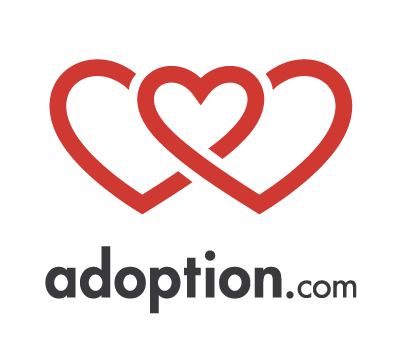Adoption Mythbusters Series Part 2: Only Rich People Can Adopt
Growing up, I recall being introduced to adoption as something people with money did. I didn’t even know it as a way to grow a family, but rather a word and action associated with the wealthy. When I went off to a Christian college, we learned a lot about foster care and sponsoring children overseas, but never adoption. When I got married, my husband and I discussed one day wanting to adopt when we got financially stable. When we “made” it. It was not until adoption sort of “happened” to us that I realized it was ever attainable for a median-income household.
When my husband and I were asked to adopt, I had just begun a new job. My husband was at a stable job, but we were by no means, “financially set.” We made ends meet and very often lived paycheck to paycheck. We had three children already and were nowhere near thinking we were in a place to afford adoption. However, the opportunity for us to adopt was now. There was no time to raise money or figure out a plan to become rich overnight. Though I was sure we were doomed, I contacted an adoption attorney out of curiosity. She was able to fill us in on what the process would look like, what funds we might need, and in what part of the adoption process we would need them.
The least talked about type of adoption is typically adoption from foster care. This is not the type of adoption you usually see in the media. When children are in foster care and their parents’ rights have been terminated, they are considered “legally free” to adopt. This simply means that they are waiting for someone to adopt them and their parents no longer have any rights or claim to them. With the exception of some upfront fees that are usually reimbursed, it is often free to adopt a child from the foster care system as the state will take on much of the cost. For our first adoption, we did hire an attorney to help with a few extenuating circumstances, but we were shocked that the adoption was otherwise free apart from the attorney cost.
Depending on the type of adoption you pursue, the cost can range anywhere from free to over $50,000. International adoption will typically clock in at the most expensive as there are fees associated with travel and various other professional services that will be required. Domestic adoption can vary in price based on similar factors such as out-of-state adoption, matching fees, birth mother expenses, etc. Just seeing the potential price of adoption can send even the most financially stable into a state of shock. How could anyone afford this?
With our second adoption, it was considered a private adoption, and we were adopting our son from birth. This is what is considered a private adoption and considerably more expensive. When our attorney quoted $11,000-$15,000 as just an estimate, I must admit that I sobbed in the Kroger parking lot. There was no way. Once I was able to calm down, we began to explore our options.
We looked into our budget and realized we had about $200 a month in gym membership fees, subscriptions, and other extras we could do without for a time. That would hardly make a dent in the $11,000, but it was a start. We also found that there are multiple adoption grants available that we were able to simply search for online. We set to apply for some; however, many required we pay for fees upfront and then later be reimbursed. Grants are a great option for those who have a bit of time and funds on hand. Nevertheless, this was an emergent situation.
We finally explored the idea of a personal loan. Though we are very middle class, our credit is good, and we always pay our bills. Even if we live paycheck to paycheck, we make sure to prioritize and be responsible stewards of our money. We spoke with our bank and were able to fund the entire amount needed for our adoption at a decent rate! We would have to pay monthly, but the rate worked out to be the $200 a month we found in our budget. We were able to find a way for it to work.
As education on adoption becomes more available and adoption brought to the forefront with shows like, This Is Us, people are beginning to explore their options to adopt but are also becoming more supportive of those who choose to adopt. Financial support from family, church community, and crowdfunding are also making it possible to afford adoption for those who never felt it possible. Affording adoption is not just for the rich. It may take ingenuity, but is far from impossible. For more information on ways to afford adoption, check out our guide on adoption costs and fundraising ideas.
Read the first part in the Adoption Mythbusters Series here.
Are you ready to pursue a domestic infant adoption? Click here to connect with a compassionate, experienced adoption professional who can help get you started on the journey of a lifetime.







